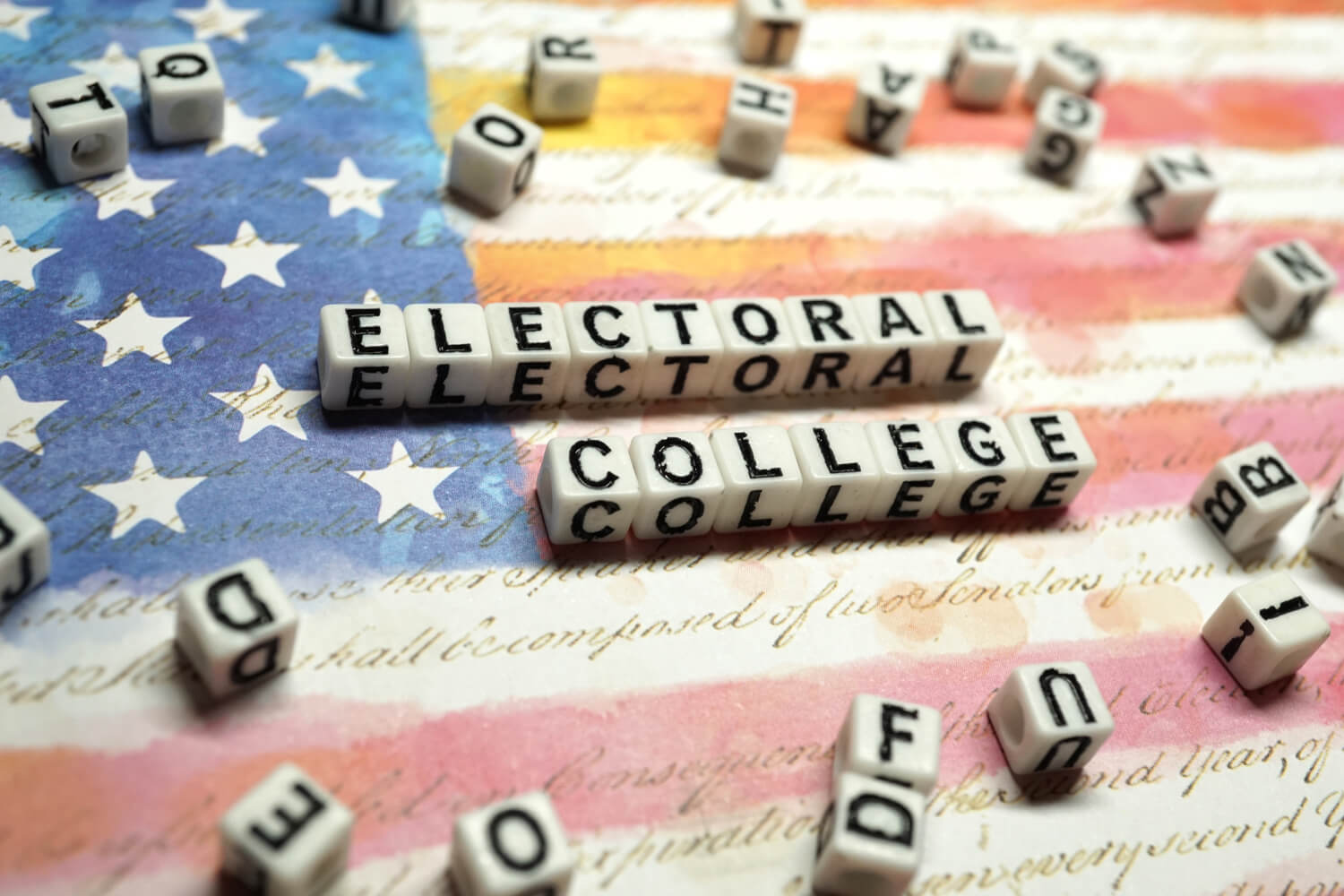
The Good, the Bad, and the Ugly about The Electoral College
A history professor shares his insights on the governmental institution that has increasingly become the deciding factor in American presidential races.
The 2020 presidential election is fast approaching, which means it’s the perfect time for a refresher on the governmental institution that has increasingly become the deciding factor in American presidential races: the Electoral College. We asked Chris DeRosa, Ph.D., chair of the Department of History and Anthropology, to share his insights on the institution.
THE PURPOSE
The original plan called for each elector to cast two votes for president. Whoever received a majority of votes from electors became president; the runner-up became vice president.
States can do what they want with their electoral votes, says DeRosa. Most give them to the candidate who wins a state majority. An elector who defies that assignment is called a faithless elector, and the state has the choice whether to tolerate them. “You don’t get them very often because they’re chosen as party loyalists, and we’ve never had faithless electors swing an election,” says DeRosa.
THE GOOD
One of the advantages is the end result is clear: “Somebody wins; somebody gets a majority of the electoral votes,” says DeRosa. If presidents were elected purely by popular vote, a candidate could win the presidency with less than 50% of the vote. “If you had more than two parties contending for the presidency, you might have somebody winning with 30% of the votes, and that’s a ticket to an extremist candidate.”
THE BAD
The first problem with the Electoral College is that it gives more weight to voters in small states than those in more populous ones, says DeRosa. Every state gets a minimum of three electoral votes. However, each state’s total allotment is based on its representation in the Senate (always two people) and the House (varies by population). “So take Washington, D.C., as an example,” says DeRosa. “More people live in D.C. than in Wyoming, the least populous state in the union; but they both get three electoral votes.” (Plus, unlike Wyoming, D.C. gets no voting representation in Congress.)
THE UGLY
The biggest problem with the Electoral College is that it encourages vote suppression, says DeRosa. Southern states always had an advantage in the population count, because they got electoral votes appointed on the basis of their slave populations and their white populations. That gave the states extra representation for people they weren’t really representing at all.
After the Civil War, former slaves were counted as “whole” persons, not three-fifths of one, for purposes of electoral vote allotment. But Black voter suppression still took place through Jim Crow laws. This further “inflated the electoral count of people who were not representing all the people in their state,” says DeRosa. “So the Electoral College became a pillar of white supremacy.”
THE FUTURE
Love it or hate it, the Electoral College is here to stay because changing it would require “constitutional surgery,” says DeRosa. “You would need three-fourths of the states to ratify any change, and too many states that are intent on suppressing votes benefit from the Electoral College.” The downside? “If you never have to appeal to the electorate because you’re successfully suppressing some large part of it, then you have a broken system.”